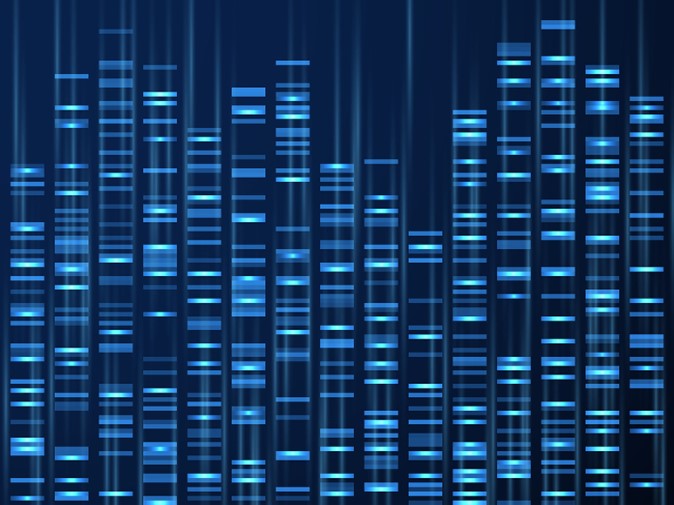
In the article below, we’ll take you back to the basics of automated data capturing, exploring what automated data capture is and the process of capturing information through Xtracta. We also touch briefly on how data capture methods like OCR data extraction can significantly reduce associated costs and benefit businesses. Read on to learn more.
The Basics of Automated Data Capturing
What is data capturing? As the terminology suggests, data capture is the collection (a.k.a. ‘capturing’) of structured and unstructured data, usually to be stored inside an alternative structured system or fed into another process. For example, in a census, people will complete forms with details about themselves and their households; this data is captured to be collated into a single set of statistical information. Traditionally, humans assembled this information by reviewing the source data and transcribing it into the data format needed. In the recent past, this has been more prevalent through computers converting that information into digital structured data—automated data capturing.
A range of processes underpins automated data capturing from documents. The one that often comes to mind for most people—especially those who have not been meaningfully involved in the process—is OCR (optical character recognition). Sometimes referred to as text recognition, OCR plays a crucial part in the wider context of data capture.
An OCR program is used when converting the text from a scanned or photographed document into digital data. Without OCR, capturing specific information is not possible.
The purpose of data capture is to find specific information from a document (e.g., a job application form or healthcare form) and transform the information into a format a computer can read. For example, when filling out a form, like a job application or a passenger arrival card (necessary when entering a country), you must capture certain fields to fill into a computer system and record various questions for record-keeping purposes, and analytical purposes, etc.
Modern Automated Data Capturing for Businesses
Previously, extracting and converting data was done manually by entry clerks typing and slaving away. Nowadays, technological advancements and AI integration make modern data capturing processes achievable instantaneously. Therefore, businesses not only enjoy greater transparency over their operations, but they can solve problems faster as well. Likewise, data management professionals can move away from simple yet arduous entry work, focussing their efforts on more rewarding, core business responsibilities.
Where is Data Capture Technology Heading?
Where data capture is going now is the area that Xtracta focuses on. Traditional OCR data capture technology allows text extraction using a combination of OCR and manually defined templates. However, the maintenance of templates is time intensive and doesn’t suit all document types. For example, résumés are almost always designed in unique ways, so a template-based approach wouldn’t be suitable. Generally speaking, data capture applies to two structures of documents. The first is called “structured documents”—typically documents with very fixed layouts such as forms (e.g., census forms) where template-based extraction works well as all documents are near identical. The other is “semi-structured documents”—documents which can come in a myriad of formats but contain the same underlying data points. For example, if you took a set of résumés, while they may all look different, they would typically contain the same “fields” of information—a person’s work history and educational qualifications, including year, educational institution, etc. The industry focuses on semi-structured documents due to their prevalence and processing costs.
In most situations, information exchange does not occur through forms (e.g., one party defining what another party must give them). It’s a lot more unstructured than that. Hence, data capturing focuses on these semi-structured use cases.
Most business data that is interchanged between organisations is semi-structured—think orders, invoices, contracts, etc. However, the data is consistent and information rich. The future of data capture technology aims to capture that information and turn it into structured data that businesses need and can gain valuable insights from.
The Benefits of Automated Data Capturing for Your Business:
Organisations will see numerous beneficial changes as AI and automated data capture get progressively integrated into enterprise operations. Here is a quick breakdown of some of the top benefits you can expect to see for your business, no matter the industry:
- Improved document storage
- Enhanced security
- Reduced errors
- Improved accuracy
- Reduced paper waste
- Greater employee satisfaction
- Eliminated hidden costs
- Enhanced productivity
- Increased information accessibility (anytime, anywhere)
Discuss the Benefits of Integrating Data Capture Technology with Your Existing Software
Powered by AI and machine learning, Xtracta’s OCR data capture technology can automatically decipher and process information from virtually any document format.
Due to Xtracta’s machine learning capabilities, our automated data extraction technology can capture data from structured and semi-structured documents and learns new document types as it encounters them. Get in touch with the team today to learn more about the benefits of integrating Xtracta with your existing software and streamline your operations today.











 Twitter
Twitter